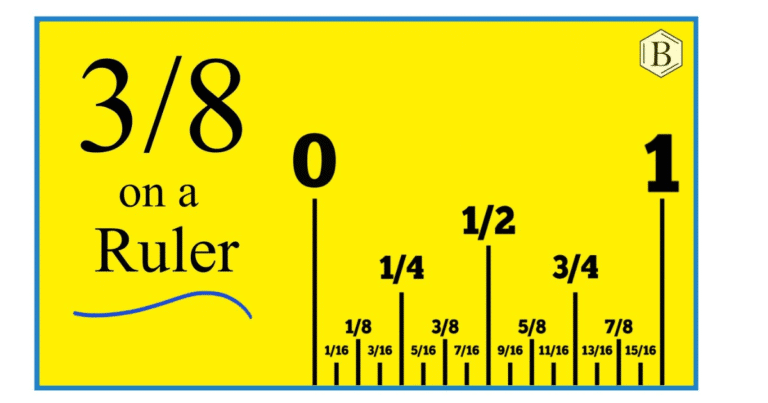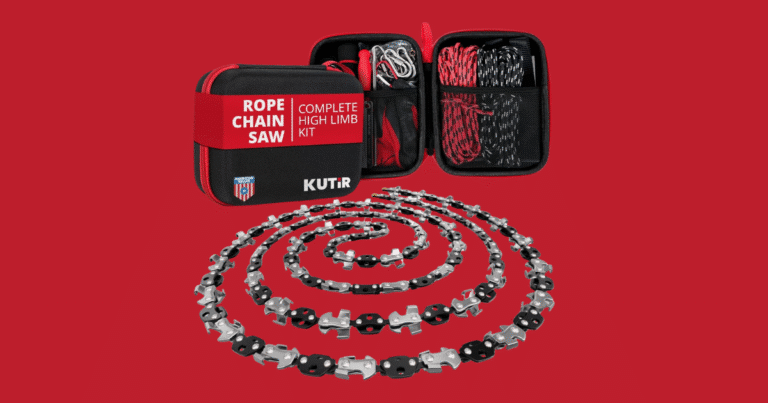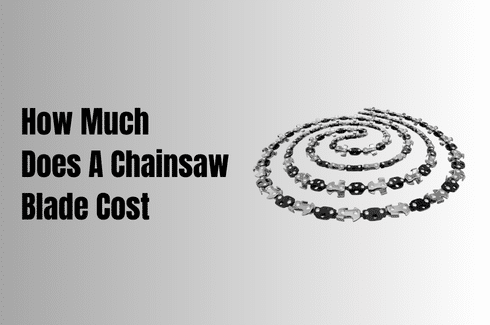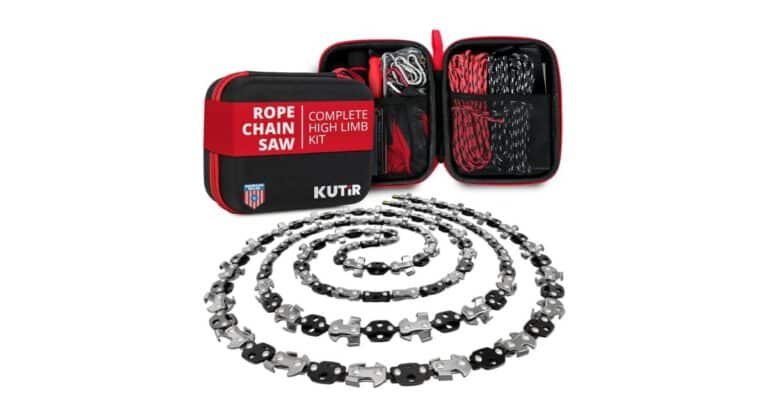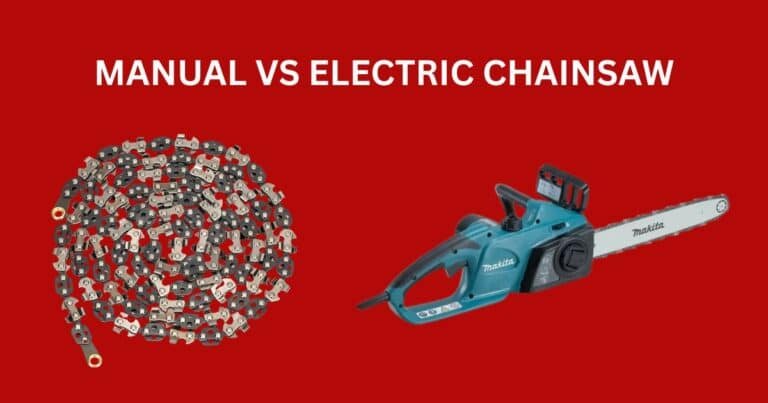
The size of your chainsaw shapes every cut you make. If you are picking the right one, and you work faster, stay safer, and protect your saw for years. Are you choosing the wrong size?No doubt, you fight the tool, wear yourself out, and risk mistakes you don’t want to face.
Chainsaws come in many lengths, and the right choice depends on what you cut most often. If you’re mainly trimming branches or shaping shrubs, a 6 to 14-inch bar will serve you well. When your work involves professional work, you’ll need the power of a 20 to 72-inch bar.
At Kutor Tools, we specialize in delivering professional-grade solutions. Our advanced models, including the powerful 48-inch and 72-inch options, provide unmatched strength, durability, and control.
Why Does Perfect Chainsaw Size Matter?
Chainsaw size is more than a preference. The bar length you choose determines how safe, efficient, and durable your cutting experience will be. Picking the correct size saves time, protects your tool, and keeps you in control.
1. Safety and Control
When your saw fits the task, you guide it with steady hands. A bar that’s too long increases kickback and requires extra strength to manage. A bar that’s too short forces awkward cuts and repeated passes. Both mistakes raise accident risks. The right size keeps you balanced and in control.
2. Cutting Efficiency
Proper sizing lets you finish work in fewer passes. With the right bar, you cut through logs cleanly without strain. Oversized saws add weight and vibration. Undersized saws make you repeat cuts and waste energy. The correct size means faster work with smoother results.
3. Tool Longevity
Chainsaws wear down based on how they’re used. Forcing a small saw into oversized wood overheats the engine and dulls the chain. Running a large saw on light branches creates extra vibration and stress on parts. The right size keeps your equipment running longer.
4. Comfort and Productivity
A well-sized saw feels balanced and natural. You work longer without tiring your arms and keep your cuts accurate. The wrong size drains your energy and lowers cut quality. Choosing properly lets you complete projects with less effort and greater precision.
What Are The Different Chainsaw Sizes?
1. Small Chainsaws (6″ – 14″)
Small chainsaws are compact, lightweight, and built for precision. Their shorter bars handle shallow cuts, making them practical for trimming branches, shaping shrubs, and cutting logs under 10 inches. They are easy to store, carry, and control in tight areas.
Use Cases
Here are the main situations where a small chainsaw performs best:
- Pruning branches – When you want clean cuts, small saws remove low-diameter limbs without strain.
- Shrub shaping – If you are maintaining hedges, precise trimming keeps your yard neat and balanced.
- Firewood prep – You can cut smaller logs into equal pieces, making them ready for stoves or fire pits.
- Storm cleanup – After bad weather, you quickly clear light debris and scattered branches with ease.
Pros
- Lightweight and easy to handle.
- Affordable compared to larger saws.
- Simple to start and maintain.
Cons
- Not powerful enough for thick wood.
- Limited cutting depth due to the short bar.
- Wears quickly under heavy-duty use.
2. Medium Chainsaws (16″ – 20″)
Medium chainsaws give you extra power without losing control. With a 16–20 inch bar, you can cut thicker logs, fell small or medium trees, and tackle property tasks that demand more reach and strength.
Use Cases
Here are the main situations where a medium chainsaw fits your needs:
- Tree felling – You take down small to medium trees safely with steady control.
- Firewood cutting – Logs up to 16 inches split into stove-ready pieces in fewer passes.
- Yard clearing – When larger limbs fall, you clear them quickly with added bar length.
- DIY projects – If you build fences or posts, you cut lumber cleanly and efficiently.
Pros
- Strong balance of power and control.
- Suitable for a wide range of tasks.
- Available in gas, corded, and battery models.
Cons
- Heavier than small saws.
- Can fatigue your arms during long work.
- Too much saw for light trimming jobs.
3. Large Chainsaws (20″ – 24″)
Large chainsaws in the 20–24 inch range are built for heavy-duty cutting. You use them to tackle hardwood trunks, cut dense firewood piles, and manage large-scale property work that smaller or medium saws cannot handle efficiently.
Use Cases
Here are the main jobs where a large chainsaw proves essential:
- Tree felling – You cut down mature trees with deep, controlled passes.
- Heavy firewood cutting – Thick hardwood logs split quickly with a longer bar.
- Storm recovery – When large trunks block areas, you clear them efficiently.
- Timber projects – If you work with big beams, this size makes rough cutting faster.
Pros
- Handles large trees and thick logs.
- Works faster on demanding tasks.
- Durable design for continuous outdoor use.
Cons
- Heavy and tiring for long sessions.
- Greater risk of kickback if mishandled.
- Costs more than small or medium saws.
4. Extra-Large / Professional Chainsaws (24″ – 72″)
These saws are built for professional logging and the toughest cutting jobs. With bars stretching from 24 inches up to 72 inches, you enter a level of power and reach that handles timber, massive hardwood, and specialty tasks no homeowner can match.
Use Cases
Here are the situations where extra-large chainsaws make sense for you:
- Professional tree felling – If you work with massive hardwood, a 48-inch saw cuts through trunks in one clean pass.
- Specialty milling – When you mill lumber on-site, a 72-inch bar lets you slab wide beams directly from the log.
- Commercial logging – You handle daily cutting of oversized timber where smaller bars waste time and effort.
- Extreme storm clearing – After severe damage, you remove giant downed trees that block roads or property.
Pros
- Maximum cutting reach for massive timber.
- Built for demanding professional use.
- Reduces passes on oversized logs.
Cons
- Extremely heavy and physically draining.
- Requires skill to manage safely.
- Far more expensive than smaller saws.
So, What Is The Ideal Length For Chainsaw Sizes For A Homeowner?
For most homeowners, the ideal chainsaw length ranges between 16 and 20 inches.
That said, the “perfect” size depends on your property and the scale of your cutting needs. A mid-range bar handles regular yard work, trimming, and moderate firewood.
However, homeowners with larger properties or heavy timber may look beyond typical homeowner saws. Advanced users benefit from professional-grade sizes, such as 48-inch or even 72-inch bars, which allow single-pass cuts through oversized logs or hardwood trunks.
These larger sizes reduce effort on demanding projects and give unmatched efficiency. Choosing the right bar length means balancing convenience with cutting capacity, and larger models provide that edge when the job goes beyond routine yard care.
How Can I Determine the Right Chainsaw Size?
Choosing the right chainsaw size depends on your typical tasks, the wood you cut, and your experience. Here’s how you narrow it down step by step.
1. Look at What You’ll Cut Most Often
Start with the projects you face regularly. Occasional pruning needs less power than cutting hardwood trunks. Use the guide below to match your needs.
| Task type | Recommended bar length | Example use case |
| Light pruning, shrubs | 6–12 inches | Trim hedges and cut small branches |
| Firewood, small trees | 14–18 inches | Split logs, fell small diameter wood |
| Medium trees, yard work | 18–20 inches | Clear limbs, cut firewood in bulk |
| Large trees, hardwood | 20–24 inches | Fell mature trees, storm recovery |
| Heavy timber, milling | 48–72 inches | Slab lumber, cut oversized logs |
2. Match Bar Length to Tree Diameter
Always measure the average diameter of the trees or logs you cut. Select a bar at least 2–4 inches longer. This prevents strain, improves cutting efficiency, and reduces the need for multiple passes.
3. Think About Power Source
Bar length alone isn’t enough. Match it with the right power system. Gas models deliver maximum torque for heavy-duty work. Corded electrics suit steady, light-duty cutting. Battery options offer portability, reduced noise, and quick starts for shorter sessions.
4. Plan for Safety
Longer bars increase cutting capacity but also raise the risk of kickback and fatigue. Choose a size you can control confidently. Use protective equipment, steady footing, and proper technique every time you operate the saw.
How Can You Measure a Chainsaw Size
Measuring your chainsaw size is important when replacing parts or choosing the right chain. You check both the bar and the chain using these methods.
1. Measure the Bar Length
Shut the saw down and set it on a flat surface. Place your measuring tape at the tip of the bar and measure to where the bar enters the chainsaw’s body (the powerhead). Round to the nearest even number. That figure is your cutting length.
2. Measure the Pitch
Look at the chain links. Measure across three rivets, then divide the result by two. The answer is your pitch size. Common pitches are 1/4″, .325″, 3/8″, and .404″.
3. Measure the Gauge
Focus on the drive link thickness. Insert a caliper or gauge tool into the groove of the bar. Record the measurement. Most chains fall into .043″, .050″, .058″, or .063″.
4. Count the Drive Links
Lay the chain flat on a bench. Start at one point and count every drive link around. The final count gives you the chain’s length and exact fit.
In Closing
Choosing the right chainsaw size is about matching your tool to the work. Smaller bars suit trimming and light tasks, mid-range handles property jobs, and longer bars take on heavy-duty cutting.
The correct size keeps you safe, saves time, and extends the life of your saw. At Kutor Tools, we design chainsaws built for precision, durability, and power, especially in demanding sizes like 48 and 72 inches. Explore our range today and find the tool that elevates your work.
Frequently Asked Questions
Question: How often should I sharpen a chainsaw chain?
Answer: A chain starts to dull after just a few hours of steady cutting. If you notice sawdust instead of wood chips, it’s time to sharpen. Regular sharpening reduces strain on your saw and keeps every cut smooth and safe.
Question: Can one chainsaw handle different bar sizes?
Answer: Yes, most chainsaws accept multiple bar lengths within a specific range. For example, a saw rated for 16–20 inches can use either size. Always check your manual before switching, as going outside the range can damage the saw and raise safety risks.
Question: What’s the difference between a chainsaw bar and a chain?
Answer: The bar is the solid steel guide that the chain runs around. The chain has sharp cutting teeth that slice through wood. Both parts must match in length, pitch, and gauge to work together correctly. A mismatch causes poor performance and added wear.
Question: How long does a chainsaw bar last?
Answer: With cleaning and proper oiling, a bar can last for years of use. Replace it when the rails wear unevenly, the groove widens, or you see warping. Cutting with a damaged bar reduces accuracy and puts extra load on the chain.

